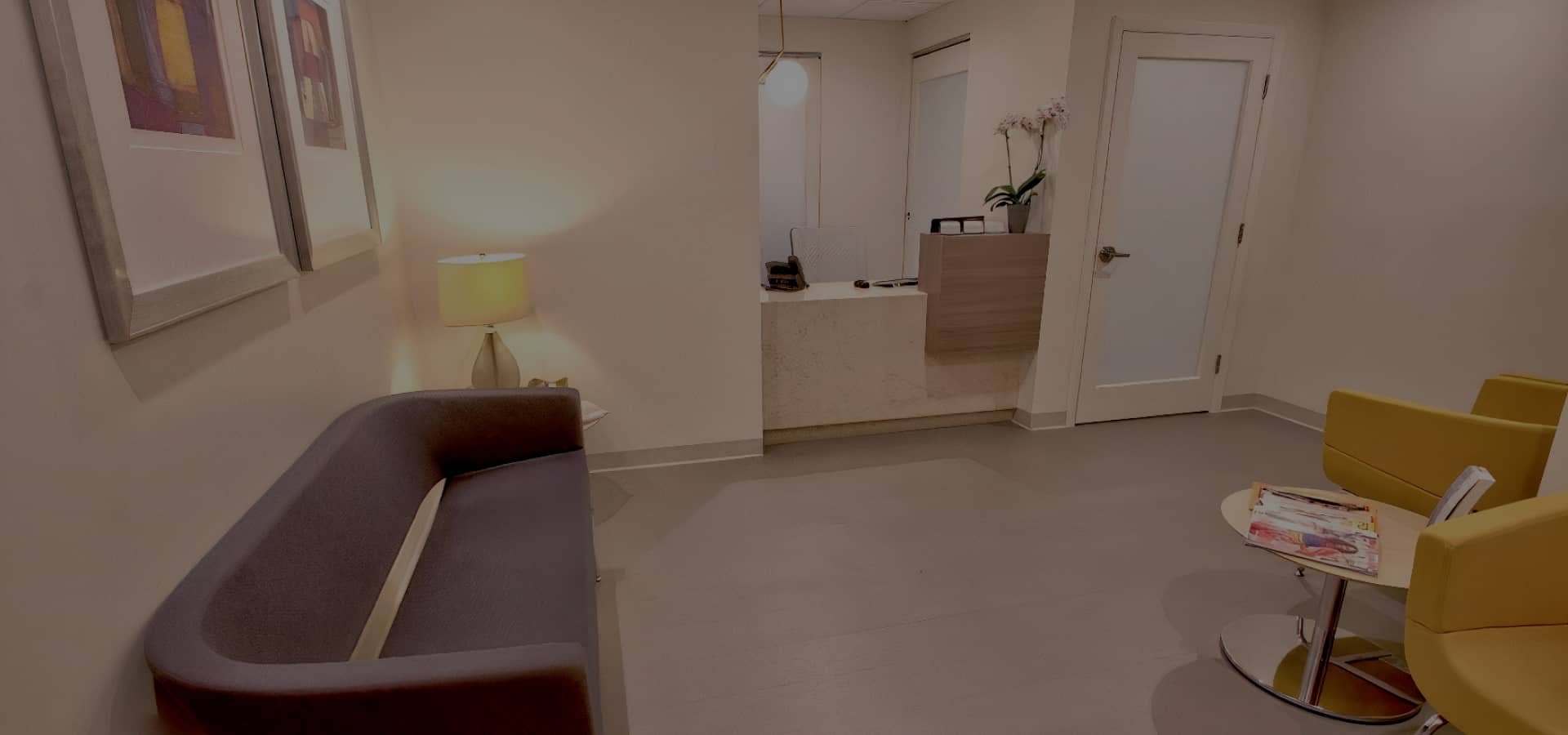You’ve taken the leap and decided to restore your hair with a transplant. As exciting as this step is, it’s natural to feel uncertainty about what lies ahead. That’s why having a compassionate and highly experienced surgeon by your side makes all the difference.
At Facial Plastic Surgery Miami, Dr. Anthony Bared is with you at every stage of your hair transplantation. From pre-operative preparation to the final results, he provides clear guidance and support. Most importantly, he remains personally available to address your questions and concerns throughout the recovery process. This article walks you through the hair growth timeline after a hair transplant so you know what to expect month by month.
Days 1 to 3: Immediate Post-Op Phase
The first few days after your hair transplant are all about protecting your grafts and starting the healing process. You may notice redness, swelling, or mild discomfort in the donor and recipient areas. These symptoms are entirely normal. Dr. Bared will provide you with personalized aftercare instructions and a healing kit that includes ointments to aid recovery and minimize irritation.
During this time, it’s critical to keep your head elevated, avoid strenuous activity, and follow Dr. Bared’s detailed guidelines. Most patients can return to non-physical work within a day or two. You’ll also likely return to the clinic for a gentle post-op hair wash and a checkup.
Week 1 to 2: Early Healing and Scabbing
By the end of the first week, small scabs and crusts will have formed around the implanted follicles. These scabs naturally fall off, typically within 7 to 10 days, revealing a scalp that may still appear slightly red or pink.
You must avoid scratching or picking at the scabs to prevent dislodging the grafts. Dr. Bared will guide you through how to wash your scalp and manage any itching or tightness. If needed, he may also recommend products to soothe the scalp or reduce inflammation.
Week 3 to 4: Shedding Phase
This is when you may start to notice something surprising: the transplanted hairs falling out. Don’t worry: this is completely normal and expected. The follicular grafts remain secure beneath the skin, but the shafts shed as the follicles enter the telogen (resting) phase.
It may look like you’ve taken a step backward, but it’s actually a sign that your scalp is preparing for new growth. You can resume most daily activities, including exercise, by the end of the first month, but continue to avoid harsh hair products unless approved by Dr. Bared.
Months 1 to 3: Resting Phase
During the first few months, your scalp continues to heal, but visible hair growth may still be minimal. The follicles are dormant and undergoing internal repair, setting the stage for new growth to emerge soon.
You might also notice mild pimples or bumps forming where follicles were inserted. These are common and typically indicate that hair is starting to push through the scalp. If they become uncomfortable, warm compresses can help, or you can reach out to Dr. Bared’s office.

Months 3 to 6: Initial New Growth
This is when the first signs of new hair appear. These hairs often start out soft, thin, and wispy, but they’re a clear signal that your transplanted follicles are becoming active again.
By month six, you can expect roughly 30-60% of the new hairs to be visible. The emerging strands may be lighter or finer than your natural hair, but they will continue to mature and thicken in the coming months. Dr. Bared will likely schedule a follow-up during this period to assess your progress and offer supportive care tips tailored to your needs.
Months 6 to 9: Significant Thickening
Between months six and nine, you’ll notice a major shift in density and volume. The once-fine hairs begin to thicken and take on a more natural texture. Your new hair starts to blend with your existing strands, making it harder to tell where the transplant occurred.
It’s also during this time that any lingering redness or subtle irregularities in texture typically resolve. You may resume styling, trimming, and even coloring your hair, as long as Dr. Bared gives the go-ahead.
Months 9 to 12: Substantial Results
Most patients see 80-90% of their final results by the one-year mark. Hair continues to grow in and thicken, and by now, you should enjoy a full, natural-looking hairline that complements your facial features and hair type.
If you still have any questions or would like to explore adjunct therapies, Dr. Bared is available to guide you through your next steps.
Months 12 to 18: Final Transformation
By 18 months post-op, the transplanted hair is fully grown, stable, and completely integrated with your natural hair. It can be cut, colored, styled, and treated just like the rest of your hair. Best of all, because the donor hair is genetically resistant to balding, your results are long-lasting, often for a lifetime.
If you’re like most of Dr. Bared’s patients, you’ll not only see a physical transformation but also a renewed sense of self-esteem.
Hair transplant recovery takes patience, but every stage is a step toward lasting, natural results. With the expert care and continued support of Dr. Bared at Facial Plastic Surgery Miami, you’re never left alone. From your first consultation to the final reveal, Dr. Bared is always with you and offers the reassurance and support you need for successful hair restoration. Contact us today to schedule your consultation.

